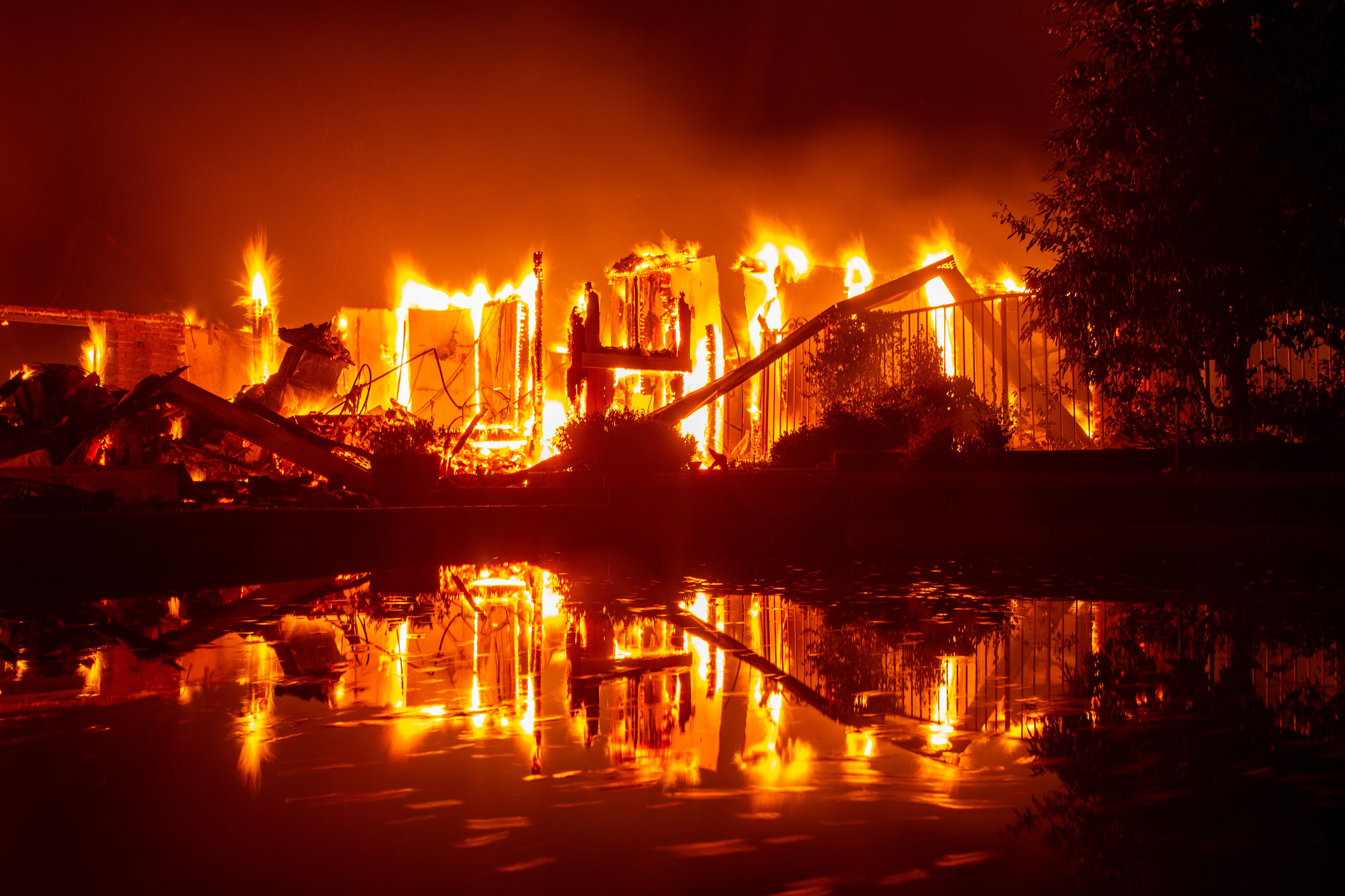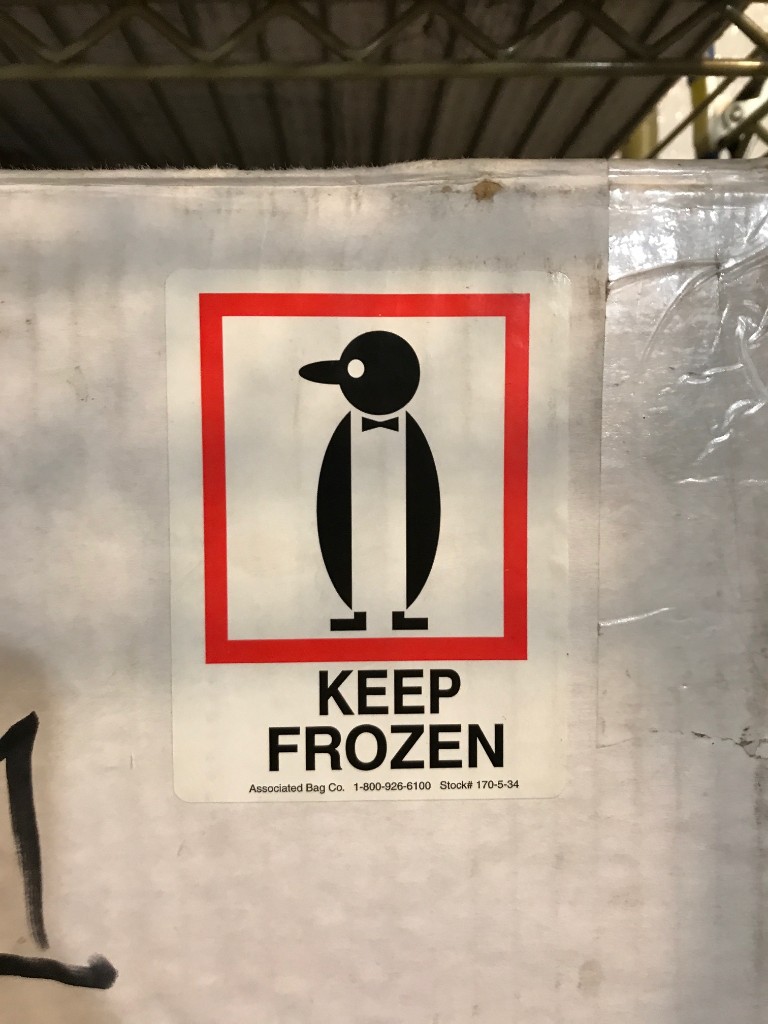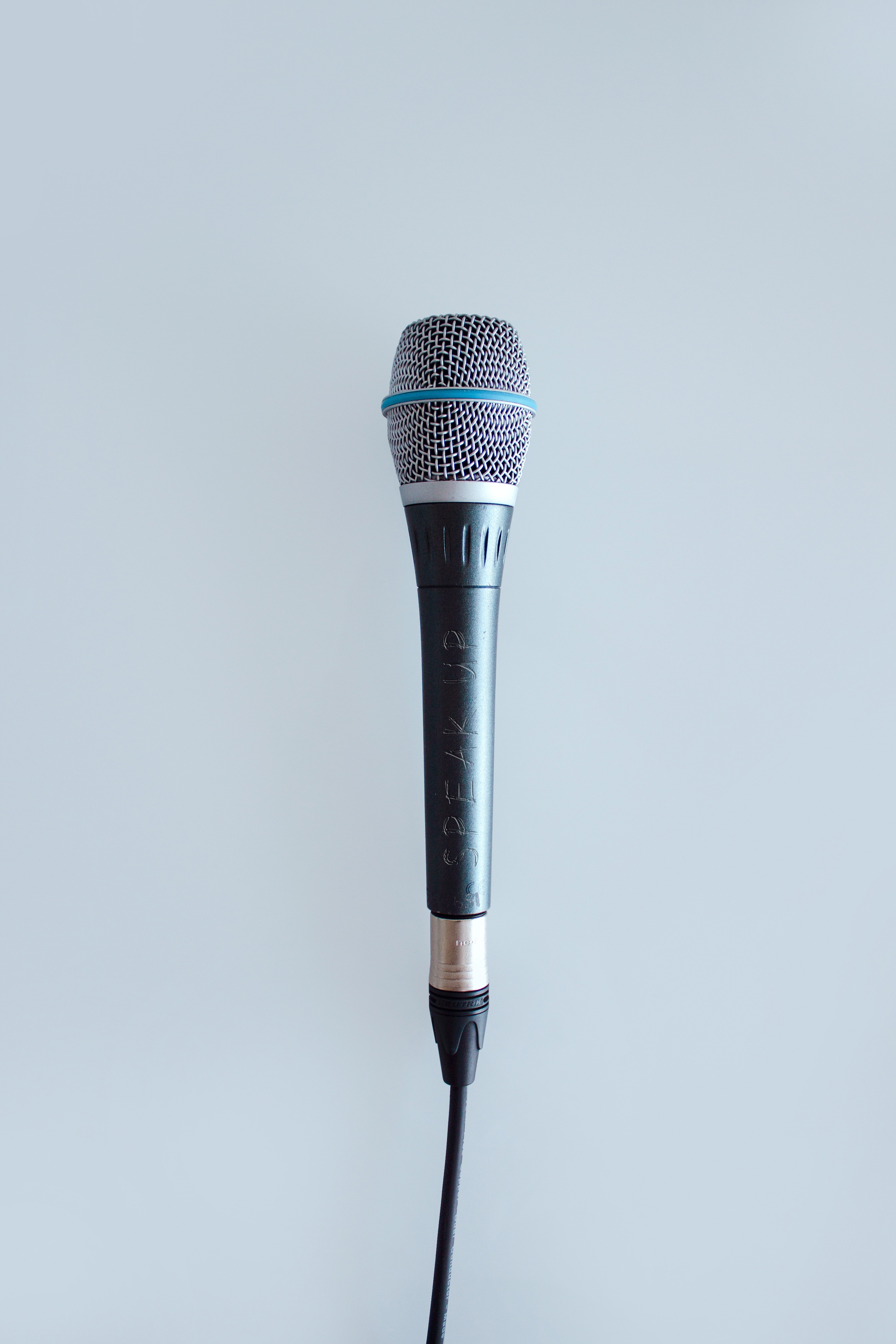A weekly newsletter for Pacific Standard Premium members.

(Photo: Josh Edelson/AFP/Getty Images)
Your Five Essential Reads
A rundown of five of our most important and timely stories from the past week.
- President Donald Trump’s ardent anti-immigrant rhetoric has been a consistent part of his platform since the earliest days of his candidacy. That rhetoric is now being translated into policy, policy that can have deadly consequences for people attempting to cross into the United States to find refuge from harrowing and dangerous circumstances in their home country. David Leffler talked with experts in Arizona who worry that an increase in border deterrence policy will make 2018 an especially deadly year for migrants. Read Leffler’s dispatch here.
- It’s been a little more than a year since Iraqi forces liberated Mosul from ISIS control, but ominous clouds still linger over the scarred city. As Alex Potter reports, there are growing concerns over the future of the young Iraqi boys who find themselves separated from family, rejected from the economy, and at risk for recruitment into radical and violent organizations. Read Potter’s story here.
- “I’m 66 years old. I’ve lived my whole life off the benefit of fossil fuels, and then leaving behind this world that’s going to hell.” Jim Probst is a retired—he uses the term loosely—furniture maker from the heart of West Virginia’s coal country. For the last five years he’s dedicated his life to building a climate movement in his state that balances protecting the environment and the well-being of the local coal miners. Greta Moran profiled Probst, who is trying to bridge the gap between environmentalists and workers in Appalachia. Read Moran’s profile here.
- Mission Viejo has been subject to a lawsuit accusing it of violating the California Voting Rights Act for allegedly disenfranchising its Latinx citizens. In response, the Southern California town is putting forward a unique solution: it will allow voters to vote more than once in the 2020 elections. This will make Mission Viejo the first California city to implement “cumulative voting,” an electoral reform that gives citizens the same number of votes as there are seats up for election. Editorial fellow Jack Herrera broke down the implications and reasoning behind this unusual move. Read Herrera’s story here.
- Wildfire season in California seems to be a year-round event at this point. As of this week, the state is contending with 16 major blazes that have burned more than 300,000 acres. And when you look at fire data collected by CAl Fire, the picture doesn’t get much rosier. Staff writer Francie Diep did just that, compiling the troubling numbers into a series of graphs and charts that illustrate the increasingly dire situation that the state is finding itself in as a result of the bigger and costlier fires. Read Diep’s piece here.
Dispatches: Finding Climate Change Clues in Ancient Ice
News and notes from Pacific Standard staff and contributors.

In the basement of Ed Brook‘s lab at Oregon State University in Corvallis, Christo Buizert ducked into a freezer hovering around -11 degrees Fahrenheit in a short-sleeved shirt and Birkenstocks, emerging moments later with a disk-shaped slice of ancient ice.
It was a piece of scrap, the remnants of a sample pulled from the layer of ice that sits top Antarctica, according to Buizert, an assistant professor at the College of Earth, Ocean, and Atmospheric Sciences. The continent is so cold that even in the warmest summer months the ice layer almost never melts, and in some places it reaches roughly three miles thick. If all that ice were to melt, global sea levels would rise by some 70 meters, according to Buizert.
Now, outside the freezer, the leftover core sample was rapidly melting and pooling at Buizert’s feet. If you held the ice chunk up to your ear at that moment, you would have heard the crackle of air bubbles popping as ancient gases trapped some 50,000 years ago escaped back into the atmosphere. Only in Antarctica and Greenland, where snow falls in airy flakes before being compressed into ice without first melting, are the ice layers laced with tiny bubbles of trapped air such as these.
Buizert likes to watch the bubbles escape from scrap pieces into a cool drink. “When you need a 100-meter ice core, you drill one extra meter for your drinks,” he jokes.
Both Buizert and Brooks, a distinguished professor of earth, ocean, and atmospheric sciences, are interested in the levels of greenhouse gasses—carbon dioxide, methane, and nitrous oxide—trapped within these pockets, and what they might tell us about the Earth’s ancient climate.
This particular ice chunk is hardly even considered “old” by Antarctica’s standards. The oldest ice found so far on the continent is 2.7 million years old. To get to it usually involves drilling deep into the ice layer and extracting a cylindrical core. It can take years to drill an ice core, which is usually extracted in 10-foot sections. The deeper the drill gets, the longer it takes to pull the sample to the surface. “Imagine if you had to walk three miles only 10 feet at a time,” Buizert says.
In some places, old ice layers are easier to get to. Many of the samples Brook’s lab collects come from Antarctica’s Taylor Glacier, where strong winds whip across the surface carrying away snow and ice so that old layers rise to the surface. “Here, you can just walk through time,” Christo says.
The trickiest part of this work is getting the air out without contaminating it. To measure methane or nitrous oxide levels, Brook’s lab puts small pieces of ice core into jars and then pumps out the air so that the sample sits in a vacuum. Then the ice is melted, allowing the gases, which are insoluble in water, to escape. To measure carbon dioxide levels, which would dissolve into water, Brook’s team crushes the ice sample to bits instead of melting it. Once the air is separated from the ice, the researchers use gas chromatography to quantify the trace gases.
Some of their results can be seen in a poster titled “Ice Cores: Time Machines Into the Earth’s Past,” which leans against a wall in the hallway just outside the freezer. There’s a graph in the corner that charts temperature, carbon dioxide, and methane levels going back at least 800,000 years. The gas levels and temperatures tend to spike and fall in unison, cycling through highs and lows every 100,000 years or so. Scrunched together, the peaks and troughs look like the read-out from a hospital heart rate monitor. But toward the far end, when the graph reaches the present day, the lines tracking carbon dioxide and methane levels rocket up far above any previous high recorded in the ice core. And this alarming chart is already out of date: On the poster, carbon dioxide levels are just shy of 400 parts per million—a threshold crossed just last year.
Carbon dioxide and methane are the two most potent greenhouse gases, but nitrous oxide is becoming more important, according to Brooks. The gas stays in the atmosphere for roughly 140 years, and is eventually destroyed in a process that involves ozone. As we phase out ozone-harming chemicals like chlorofluorocarbons, nitrous oxide become the most important ozone-depleting greenhouse gas. Carbon dioxide, on the other hand, will remain in the atmosphere much longer—long after we stop emitting it.
“Some fraction of the carbon dioxide we put in the atmosphere today is still going to be there 100,000 years from now,” Brook says.
—Kate Wheeling, Staff Writer
PS Picks
PS Picks is a selection of the best things that the magazine’s staff and contributors are reading, watching, or otherwise paying attention to in the worlds of art, politics, and culture.

A Podcast Heavyweight: The Heavyweight podcast destroys lives. At least, that’s what one disgruntled listener, who happens to be the best friend of a man whose son was featured on the series, alleges in season two. In that episode, host and all-purpose life-coach Jonathan Goldstein helps his friend Gregor end a very one-sided feud with the musician Moby. Gregor’s 85-year-old father, Milt, later recommended the episode to his friend Sidney. Sidney hated the podcast so much that he sent Milt a letter, formally ending their lifelong relationship. His review spares none: “jejune, middle-brow, and nothing but a load of chit-chat.”
From Gimlet Media, Heavyweight returns to moments of deep regret—times where lives diverged or relationships ruptured—and attempts to remedy them through humor, counseling, and a splash of investigative journalism. It is indeed a load of chit-chat. But it’s some of the best chit-chat out there—so thoughtful and bitingly funny that, within 30 minutes, Goldstein has solved Milt and Sidney’s rift too. The podcast feels alternatively like your most self-deprecating inner monologue and a Maury-inspired therapy session: probing deeper, Goldstein finds that some problems can’t be fixed, but at least they can entertain. In Milt’s episode, the introduction to the second season, Goldstein identifies a few more pressing problems in the men’s relationship than their taste in podcasts, all by forcing them to talk. It feels like a disservice to attribute Heavyweight‘s success to mere conversation; the writing weaves cinematic narratives out of tasks as simple as hiring a golf instructor (“Stephen, a smile with more dimples than the golf balls he lovingly cradles, a tall drink of aqua velvet eau de toilet if ever there was”), or as complicated as navigating the inner workings of national college sorority organization.
In season two, Goldstein takes on listener dilemmas, addressing such unresolved issues as why a cancer survivor’s sorority sisters kicked her out, or the trauma wrought by a car accident on both driver and victim. But in the end, Heavyweight reveals, it is chit-chat that heals us: Putting two people in a room, or on a call—and interspersing it with Goldstein’s wry commentary—captures love or heartbreak at its most raw. Rather than relying on voyeuristic pleasure, it’s the kind of listen that makes you reflect on your own life, and perhaps even make an apology of your own; after listening I made up with a roommate, mending, not destroying, a life for at least an afternoon.
—Emily Moon, Editorial Fellow
PS in the News
A look at where our stories and staff surface in the national conversation.
- Vox included staff writer Kate Wheeling’s look at how 2018 is shaping up to be California’s worst fire season on record in its Vox Sentences daily round-up.
- Contributing writer Dwyer Gunn’s piece about the success of free college programs made it into the Aspen Institute’s five best ideas of the day on July 30th.
- Hacked Education put contributing writer David M. Perry’s column about saving AP World History into its weekly list of links.
- The Sierra Club tweeted Greta Moran’s profile of Jim Probst, a retired furniture maker advocating for climate change reform in West Virginia.
The Conversation
Regional Immigration, Local Segregation: The Toxic Mix That Triggers Whites’ Fears (PSmag.com, August 1st)
- The more affluent have always abandoned neighborhoods as the “immigrants” or “POC” moved in. They build “walls” around their elite-ness, instead of building community. They create a culture of exclusivity that trickles down to the middle class, and eventually to the working class. —Michael Tomlin-Brenner
A New Report Finds That Sexual Assault Cases Do Nothing to Hurt a College’s Reputation (PSmag.com, July 27th)
- Well actually there’s this town called Missoula, and enrollment went down at their university after Jon Krakauer wrote a book on the campus’ rape epidemic. —Chelsea Hands
Can the U.S. Save Democracy Through Civics? (PSmag.com July 23rd)
- We are facing huge problems in this country, and they reside as much at the grassroots of the citizenry as they do in the corridors of power. I’m not sure that the mere tinkering with the high school curriculum will do the job. For one thing, it would take several generations to work its consequences through the system, and I am afraid we really don’t have that long. —Stefan Stackhouse
If you have any thoughts about this newsletter or our work—what you like/didn’t like/want to see more of—you can reach us at premium@psmag.com. If you’re not already, become a premium member by following the button below. As we continue to build out the benefits of a premium membership to Pacific Standard, we want to hear what would be most valuable to you.





